A recently devised procedure to completely remove ice from the optics of the European Space Agency's Euclid Space Telescope has paid off. Analyzes indicate that the operations were remarkably successful Better than expected: The amount of light reaching the telescope's visible VIS instrument, which had previously suffered a gradual decline due to the telescope's “blurry” optics, now shows that the problem has been solved.
Thanks to the first mirror being heated to about 34 degrees, Euclid's view has been successfully restoredIts scientific activities can continue as planned, helping us understand the secrets of the dark universe.
Get The First Astronomy Space Guide now, to discover everything and more about the Euclid Telescope:, Space Astronomy Store.
What happened to Euclid?
During the first months in space, water molecules present in the air during Euclid's assembly on Earth, and absorbed by some of the vehicle's components, were gradually released. Therefore cold surfaces such as mirrors, which tend to attract these molecules, have an effect A very thin layer of ice formed.
A few nanometers of ice, the width of a large molecule, accumulates on the mission's optics each month, causing less light from distant galaxies. This layer of “frost” had begun to hinder the telescope's vision, which is very sharp and sensitive vision Risk of compromising scientific investigation.
For this reason, ESA teams across Europe, at the agency's ESTEC Technical Center in the Netherlands, the ESOC Mission Control Center in Germany and the ESAC Science Operations Center in Spain, have been working closely with the Euclid Consortium and industrial partners Thales Alenia Space and Airbus Space to investigate, research and propose Possible solution.
The result is more than positive for this procedure
The teams planned to heat the different components of Euclid's optics one by one, then assemble them one by one if necessary, and test the effect on the light that enters. They had reason to believe so, but they could not know for sure The first mirror they heated can be solved Most problems. That is, this is exactly the piece affected by the largest glacial deposit.
“It was midnight at ESOC Mission Control when we defrosted the first two mirrors of the procedure. We were very careful with our timing, to ensure that there was continuous communication between the vehicle and our ground station in Malargüe,” explained Mischa Schmidt, Euclid’s chief operating officer, “until We can be prepared to respond in real time if anomalies occur.”
The prime suspect was the cold mirror behind the telescope's main optics, which had heated from -147°C to -113°C. “There was no need for it to heat up,” Schmidt explained, “because that temperature in the vacuum is enough to quickly vaporize all the ice, and it worked like a charm! Almost immediately.” We have 15% more light than the universe. “I was sure we would see a big improvement, but not in a spectacular way.”
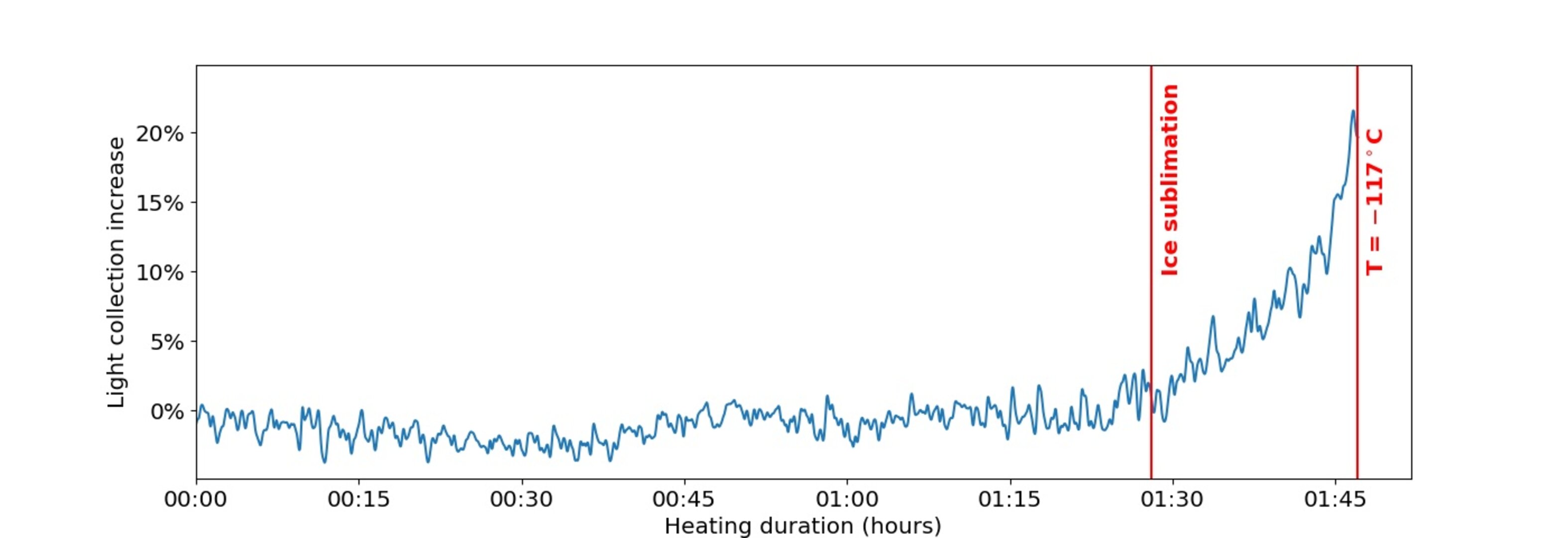
As Euclid regained his sight from the first stage of the procedure, scientists and engineers were able to confirm this Exactly where the ice formed, and where it is likely to form again. Euclid's main eye has now been cleaned, allowing it to clearly see faint light coming from distant galaxies.
Will it happen again? Yes, but we now know how to intervene
Scientists predict ice Once again jeopardizing the view of the VIS tool In the future. The reason is always the same. but:
- Now we know which components are most affected by this issue.
- The procedure developed by the mission teams can also be used in the long term. Therefore it will be enough Repeat every six to twelve monthsi, at the lowest cost for scientific observations and the rest of the mission.
After months of research by scientists and engineers across Europe, nights spent at ESA's ESOC Mission Control Center and 100 minutes of targeted heat, Euclid's vision was restored. These studies and their results They will also help future satellites They will probably encounter the same common problem of ice deposits.

“Internet trailblazer. Travelaholic. Passionate social media evangelist. Tv advocate.”


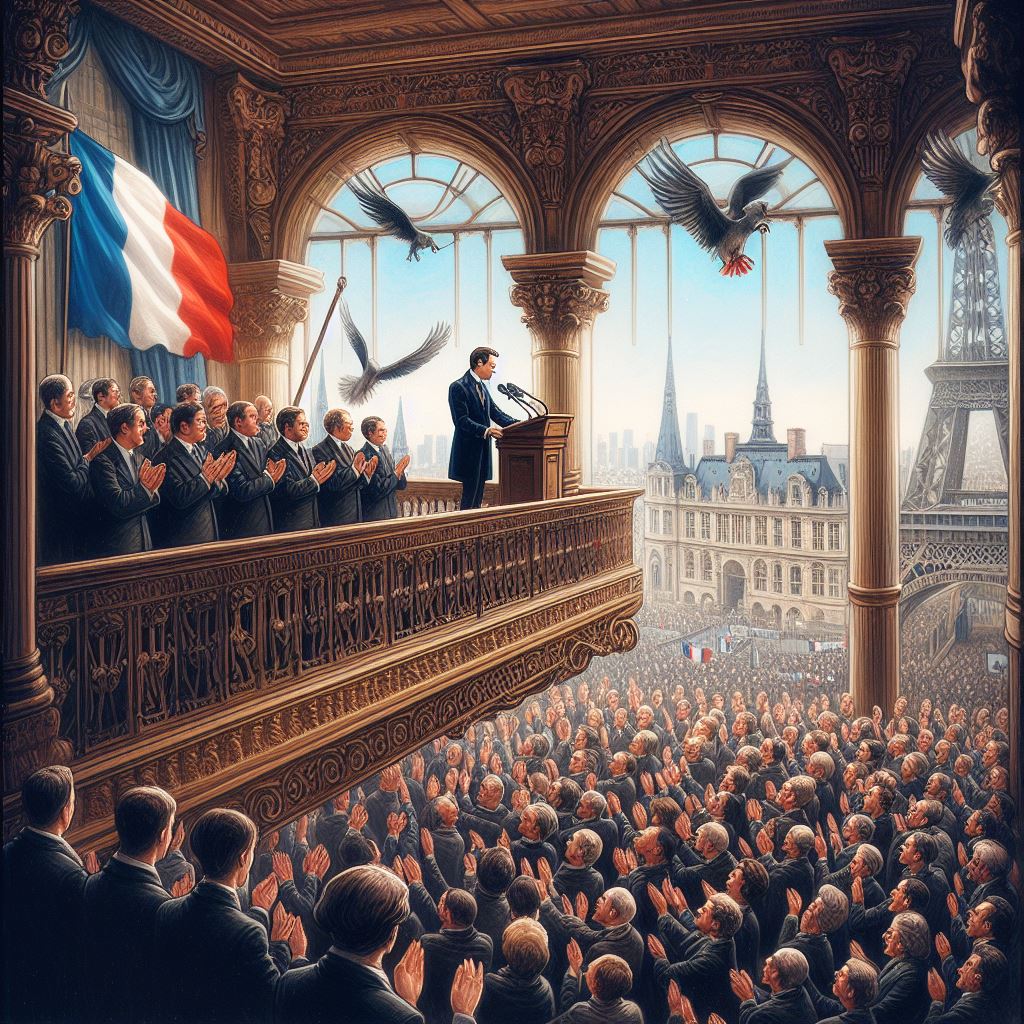

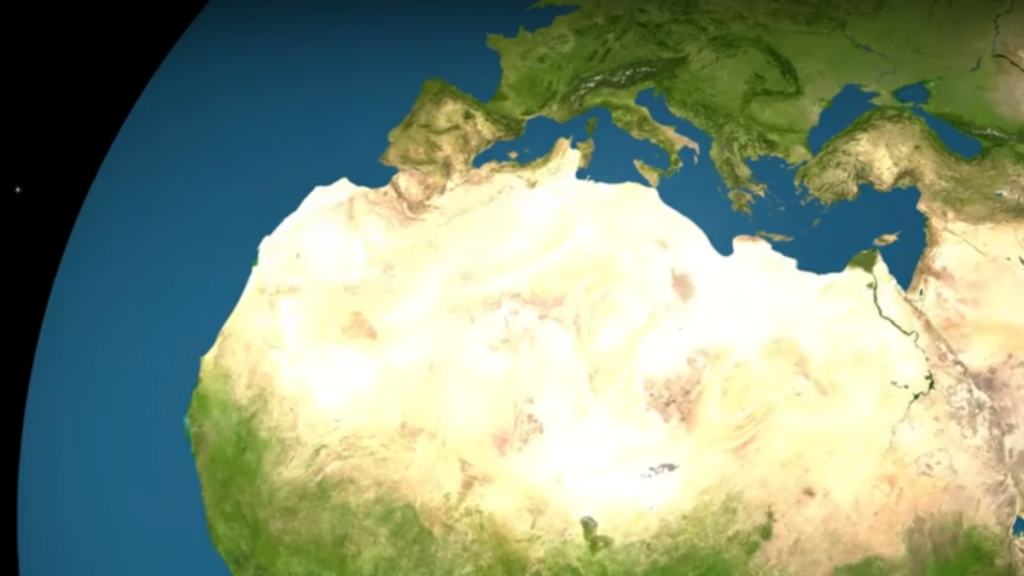

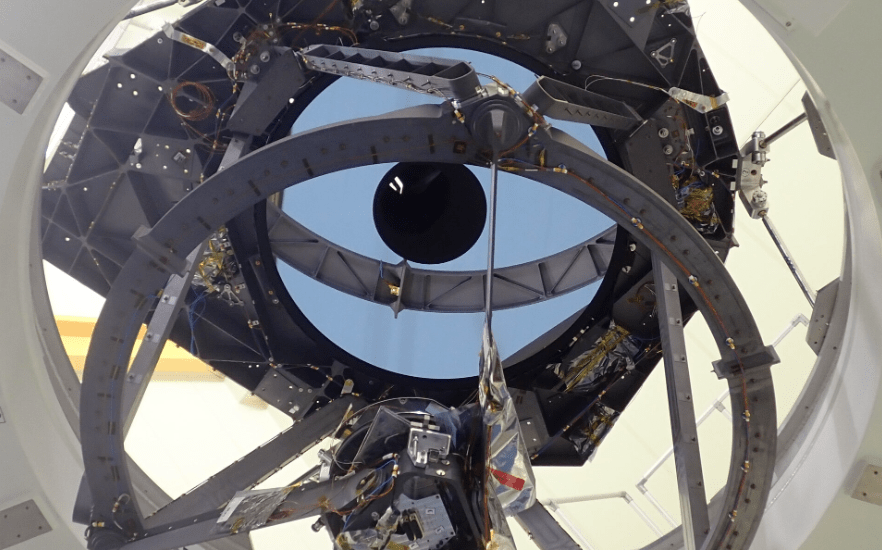
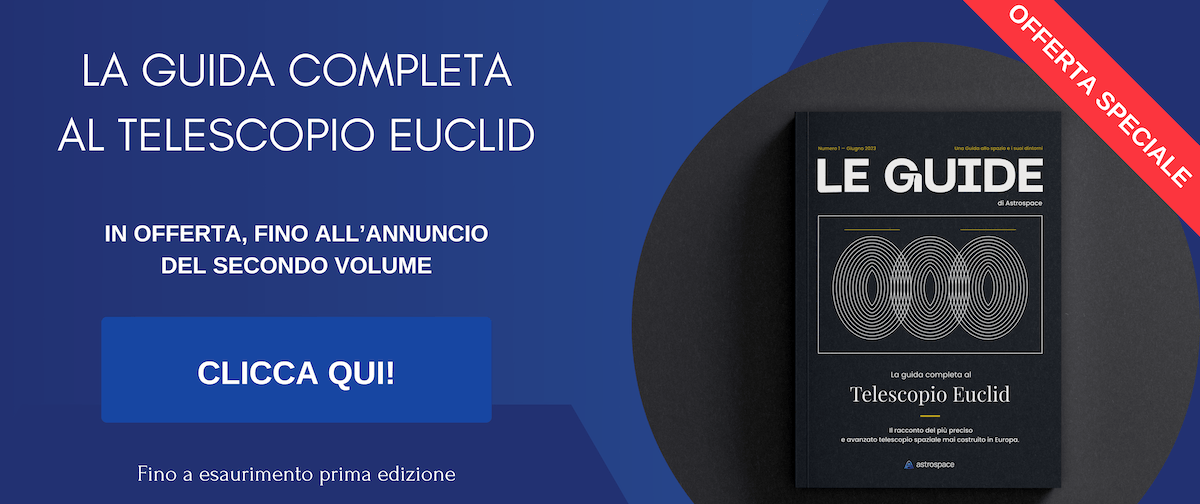
More Stories
“Earth will be unrecognizable”, watch the video of what our planet will look like in 250 million years
“The illness has changed my discipline. I have always been physically strong.”
Back to the Future, a successful film, but full of paradoxes in time and space